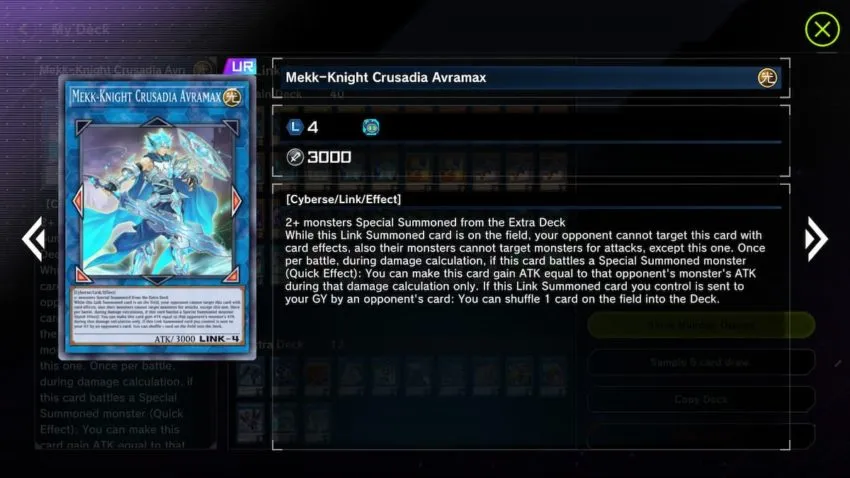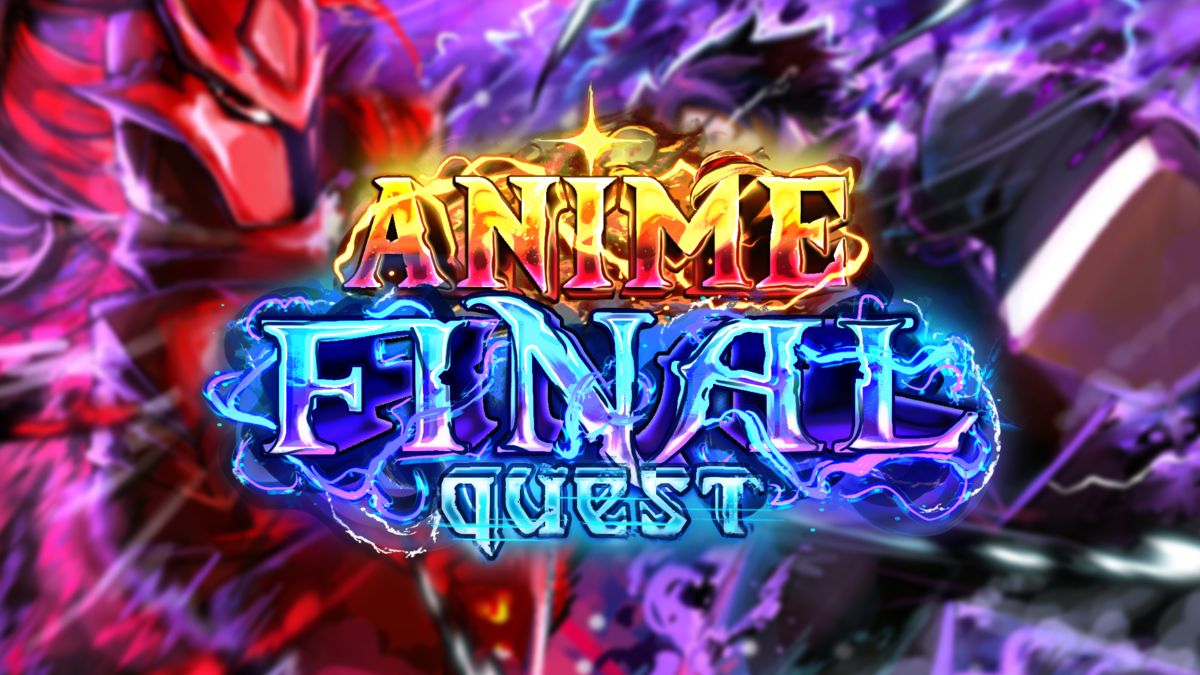While the three structure decks offered at the beginning of Yu-Gi-Oh Master Duel are designed to be tweaked and iterated upon, both newcomers to the series and meta experts seem to agree that the default Link Generation deck lacks what it needs to be substantially viable in competitive play, even when compared to its two structural contemporaries.
For the purpose of link-based fusion, Link Generation ideally prioritizes the rapid summoning and repeated fusion of low-level standard monsters into a variety of link monster types. In order to provide the bulk of the fusion fodder necessary for this process to occur, “extender” cards, which specialize in special summoning multiple monsters into the field, are an absolute must.
Additionally, with the amount of deck resources being poured into the process of link climbing, a high statistical ceiling for the end product link monsters that get summoned must be present to reward experienced and skilled players for chaining fusions and keeping their play alive.
The goal of this expansion is not to overhaul the entire deck with excessively complex or rare cards, but to provide players with the means to extend fusion plays, and naturally raise the deck’s ceiling, all without adjusting Link Generation’s base structure.
Removing: Collider and other bruisers

As previously discussed in our guide to playing Link Generation, most of the combat and heavy lifting falls on the shoulders of the deck’s link monsters, who can chain abilities through one-another and rely on the deck’s field spell, Cynet Universe, to boost their own ATK capabilities. While the standard monsters are rather weak, and shouldn’t be relied upon too heavily to win fights alone, their easy summoning requirements make them integral to the link summoning system.
Tankier standard monsters — the type to provide a higher base ATK and require some sort of tribute or special summon to even take the field — don’t quite fit this ideal mold for easily deployable fusion fodder. However, two standard monster types included with Link Generation — two Suppression Colliders and two Dual Assembwurms — fall into this exact category of monster. Removing these four cards from the deck allows for the addition of four more strategically useful monsters.
Related: The best Trap Cards in Yu-Gi-Oh! Master Duel (2022)
Replacing: Extending and expanding

This adjusted Link Generation deck would benefit greatly from more extenders contributing to lengthier fusions.
- 2x Parallel eXceed — card can be special summoned from the player’s hand, and when special summoned, special summons a copy of itself
- 1x Backup Secretary — can be special summoned if the player already has a cyberse monster card in-play
- 1x Balancer Lord — with this monster summoned, players can normal summon an extra cyberse monster in addition to each turn’s default normal summon
Related: The best Spell Cards in Yu-Gi-Oh! Master Duel (2022)
Adding: The more, the merrier

While Link Generation defaults to five link monster cards in the extra deck, up to 10 more link-based extra cards can be added to the pool of potential summons, some with better power or utility to give players options in their progression.
Linkuriboh
The Linkuriboh is a link rating 1 monster that can be tributed when an opposing monster attacks to prevent its own destruction, then summoned back from the graveyard to redeploy a link monster for later fusions.
Where the Linkuriboh’s heir apparent in the Link Spider would simply get destroyed if not fused into something stronger, the Linkuriboh can simply hide in the graveyard and preserve itself, making it ideal for moments in which the player lacks the resources to link climb beyond the first tier of link monster.
I:P Masquerena
Masquerena is a link rating 2 monster that, during an opponent’s turn, can interrupt their actions to link itself with another of the player’s summoned monsters. The resulting higher-linked monster can’t be destroyed for the rest of that turn, giving players the chance to uplink without the resultant monster being prematurely destroyed.
Mekk-Knight Crusadia Avramax
Avramax is a powerful link rating 4 monster that, beyond bearing 3000 ATK:
- Can’t be destroyed by opposing card effects
- Is the only monster that opponents can target with attacks, while active
- Gains ATK equal to that of the monster it targets with its attacks, as long as that monster was special summoned
Should the player be able to fuse up to the fourth link rating, Avramax guarantees that they will be able to deal sustained damage while also maintaining and protecting a broad and varied field of link monsters. Simply put, Avramax secures this version of Link Generation’s endgame.
Alternatively, if players would rather forego the link system and reduce Yu-Gi-Oh’s mechanics back to the series’ roots, the Power of the Dragon deck simplifies this type of progression.










Published: Feb 13, 2022 07:19 am